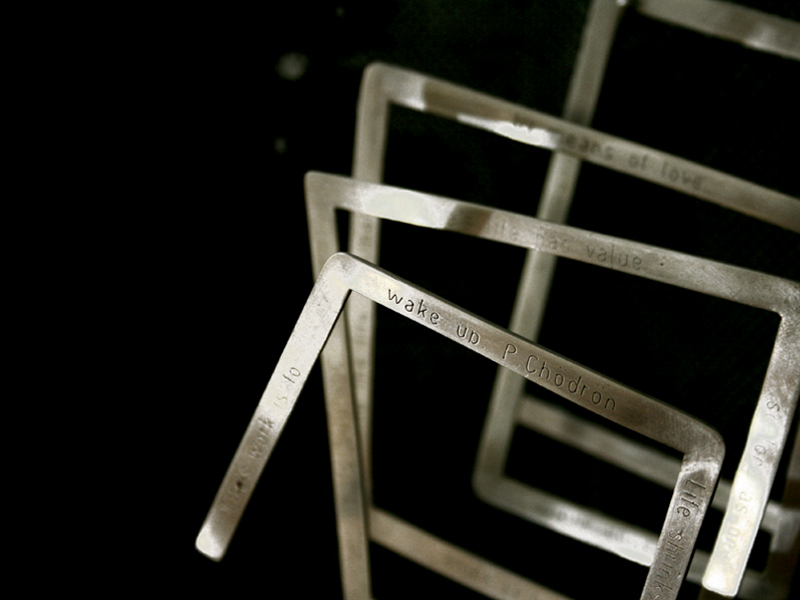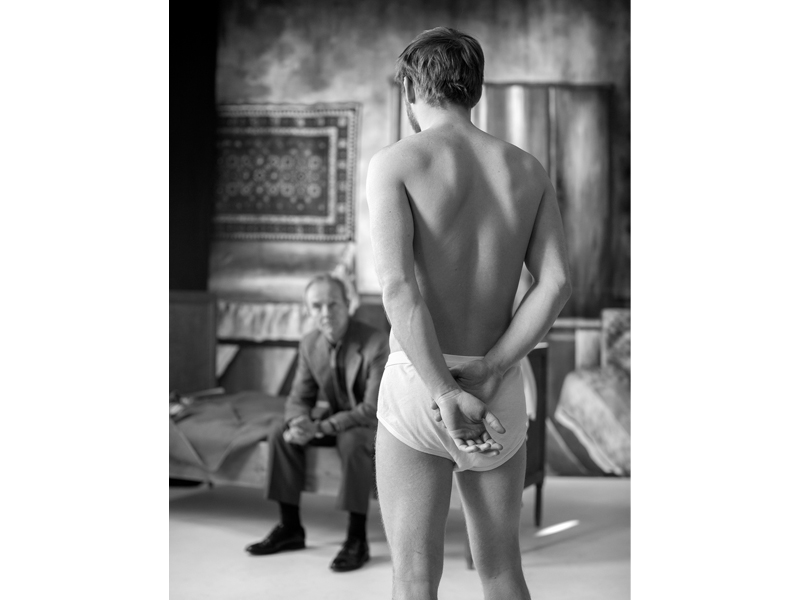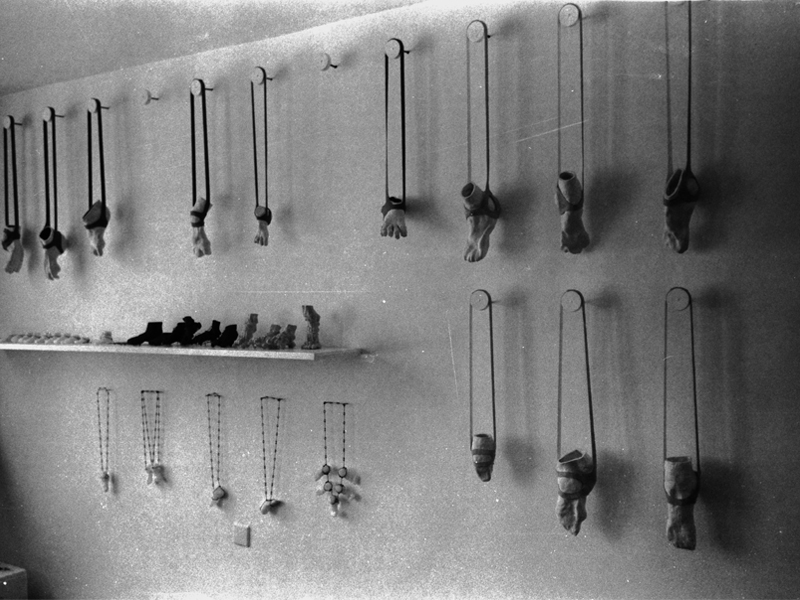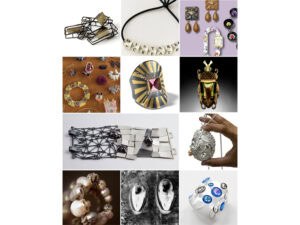In winter 2017, there was a conference about art education near a small town in Estonia. The day was full of presentations and discussions. Each presentation and question made reaching an understanding about the right approach to art education more difficult. The moderator of this conference was a professional business meeting moderator and teamwork coach, Martin Tiidelepp. He noticed the confused looks among the audience and said, “Based on my personal experience, I can say that those who are not confused are not aware of what is currently going on. You can only be sure if you live in the past. In this regard, art is no different from politics or business.”

It reminded me of a contemporary jewelry project from 2011, Eheteoor. Twelve recognized Estonian art critics and historians accepted the challenge of creating a piece of conceptual jewelry. Most of them were supported by a jewelry artist. The design and the concept of the exhibition was impeccable, but the pieces themselves were missing something—some charge, energy, conceptual layers. There at the conference, I started to realize something. Art critics and historians are professionals in their field. They study for years what art is and how art is made. Their trained eye discerns good and bad art, but the problem was that they remained theoreticians when they made art. It seemed that in their art-making process, they had not gone through the phase of confusion. They knew too well what art is and what their destination is. Thus, this certain lack of artistic charge that I noticed might have been caused by skipping the period of confusion. Discovering, disappointment in what you found, discarding your previous idea and finding a new one. Constructing the form, being hesitant about it, demolishing it and reconstructing—this endless battle with oneself and the material is like tuning a violin by ear, which eventually makes the instrument sound bright. Without the tension, a violin is a mere romantic symbol.
When I talk to my students at the Estonian Academy of Arts, I feel that they fear confusion. They perceive confusion as a foggy cloud that keeps them from reaching toward success. It is perceived as a negative and intimidating state. Once, a young student of mine complained that he should quit his studies because he was confused. He believed he wasn’t cut out for art. In high school he knew what art is and how to position himself in the art scene, but after two years in the art academy he felt that he knew nothing about art—and even less about himself! Confusion is perceived as a weakness. Nevertheless, most professional artists I have talked with mention confusion as their main tool of development and inspiration. From the moment they understand the essence of confusion and learn to accept it, they make it work to their benefit.

A few years ago, a young and talented artist, Jaanus Samma, who had just represented Estonia at the Venice Biennale, visited me in my studio. I asked about his plans for the future, and he confessed that he had no idea which direction his art should take. Yet he soon came out with a new, astonishing exhibition. Now, years later, I asked him if back then he just didn’t want to disclose his future plans or if he really didn’t have any idea what to do next. He replied, “I really have a certain vacuum after finishing a project. But it is an interesting time of searching, when I am open to everything new. Concerts, plays, exhibitions, new people and experiences open a new or different facet of art. In this phase, I am like a sponge which takes in different influences, but the closer I get to the finishing phase of my works of art, the more I clear myself out from confusion.”
I had the luck to assist Ruudt Peters in his studio. To my great surprise, I discovered that after more than 40 years as a professional artist he still didn’t have a clue what exactly he was doing. Developing each collection comprises wandering in the dark, searching, finding, disappointment, and surprises. In the scene of contemporary art, Peters stands out by his restless nature and continuous quest for something new. In 40 years he hasn’t taken the comfortable position of a classic. Just when the audience and critics start to catch up with him, he runs away to the dim terra incognita. He explains, “I believe that confusion is the mother of creativity. Things that you know are much more dangerous to your art than the things you don’t know. The unknown is what scares people about the state of confusion. But the unknown forces you to be present. It urges you to move forward and search. Holding on to old knowledge blocks the alertness which is needed for taking in new knowledge. Most people are afraid of change. Changes are dangerous. I am a total control freak. I hate confusion but I know that I don’t develop without changes. Confusion makes me grow. One must learn to accept it.”

I would compare the fear of confusion with a situation where you’re locked in a dark room with an angry barking dog. You’re taken over by crippling fear because you don’t know how big this dog is, if it’s near or far, and when it might attack you. Young, talented artists who are receiving their education are locked in a similar room. Instead of fear of darkness and angry barking, they’re afraid of the unknown. But one day you learn that you just might make the intimidating animal your sled dog to set out to explore new territories. Ruudt Peters adds, “I am afraid every time I start a new collection. It blocks you and pushes you down. But I have gone through this process so many times that I know that after a phase of confusion comes the period of clarity. It has always been like this. The more you fight against confusion, the more it presses you down. Accepting your state of confusion makes it more bearable. Let it carry you. But confusion alone destroys you. It must always go in hand with intuition!”





